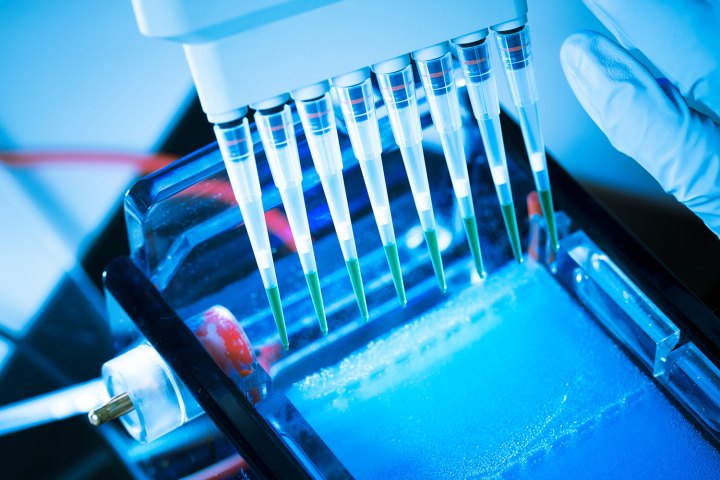
Thanks to new research from a team at Western University, we may be closer than ever to curing some of humanity’s most devastating diseases. This week, scientists published findings in the Proceedings of the National Academy of Sciences (PNAS), showing that the addition of an engineered enzyme has improved the gene editing tool CRISPR. The latest version of CRISPR/Cas9 promises to make “gene-editing more efficient and potentially more specific in targeting genes.”
CRISPR has already proven extremely useful in treating diseases like cystic fibrosis and leukemia by way of gene therapy. Currently, the tool is used to cut DNA, but as principal investigator of the new study David Edgell noted, cutting on its own isn’t enough to actually cure a disease.
“The problem with CRISPR is that it will cut DNA, but then DNA-repair will take that cut and stick it back together,” Edgell, associate professor at Western’s Schulich School of Medicine & Dentistry, noted. “That means it is regenerating the site that the CRISPR is trying to target, creating a futile cycle. The novelty of our addition, is that it stops that regeneration from happening.”
The addition Edgell is referring to is the new enzyme called TevCas9, which Western University explains, cuts the DNA in two places (right now, it’s only cut in one), which makes it harder for DNA to repair itself. TevCas9 was created by the addition of enzyme I-Tevl onto the nuclease, Cas9, the enzyme currently used to cut DNA in CRISPR processes.
“Because there are two cut-sites, there is less chance that these two sites occur randomly in the genome; much less chance than with just one site,” said co-author Caroline Schild-Poulter, associate professor at Schulich Medicine & Dentistry and a scientist at Robarts Research Institute. “This remains to be tested, but this is the hope and the expectation.”


